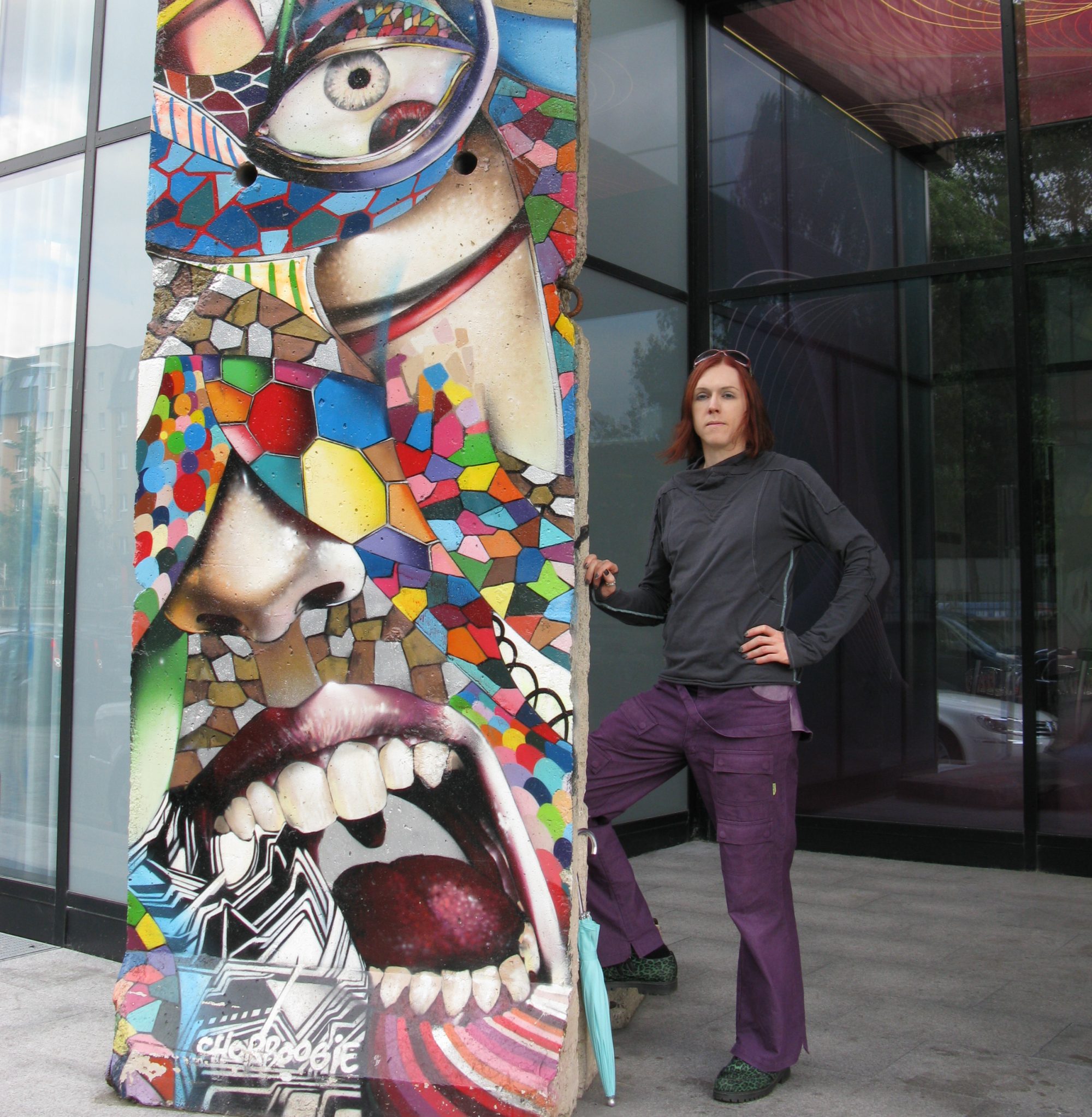Everyone wears masks in a way, presenting slightly different versions of themselves in different public situations (perhaps to “unmask” only at home). But gender dysphoria is like a cursed mask melded with your face, an undesirable deception that is overly tight and non-removable (without the right magic spell).
I think that as young children, we tend to accept what the adults around us say, uncritically & regardless of how it feels. For me, in the faint wisps I can recall of my childhood, I was indifferent to the label of “boy” and its trappings (including my boy-name); I didn’t mind it, but neither did I “identify” as it – it was just one of those things people said to/about me. (That said, I insisted on nail polish as a toddler & makeup was generally required each Halloween.)
My indifference began to shift into conflict after enrolling in Catholic school (grades 7-12), which had gender-specific dress codes. At first, it was fun, like a weird costume party all the time, wearing a tie like some “businessman,” but it didn’t take long to feel oppressive. I noticed the girls’ dress code had a lot more flexibility. Girls could have any hair length, wear several different styles of shirts with skirts, Capri pants or regular pants, but boys hair must be short and they could only wear full-length, solid color slacks with button-up shirts and ties.
Continue reading “Isn’t He Pretty? (a taste of dysphoria)”
